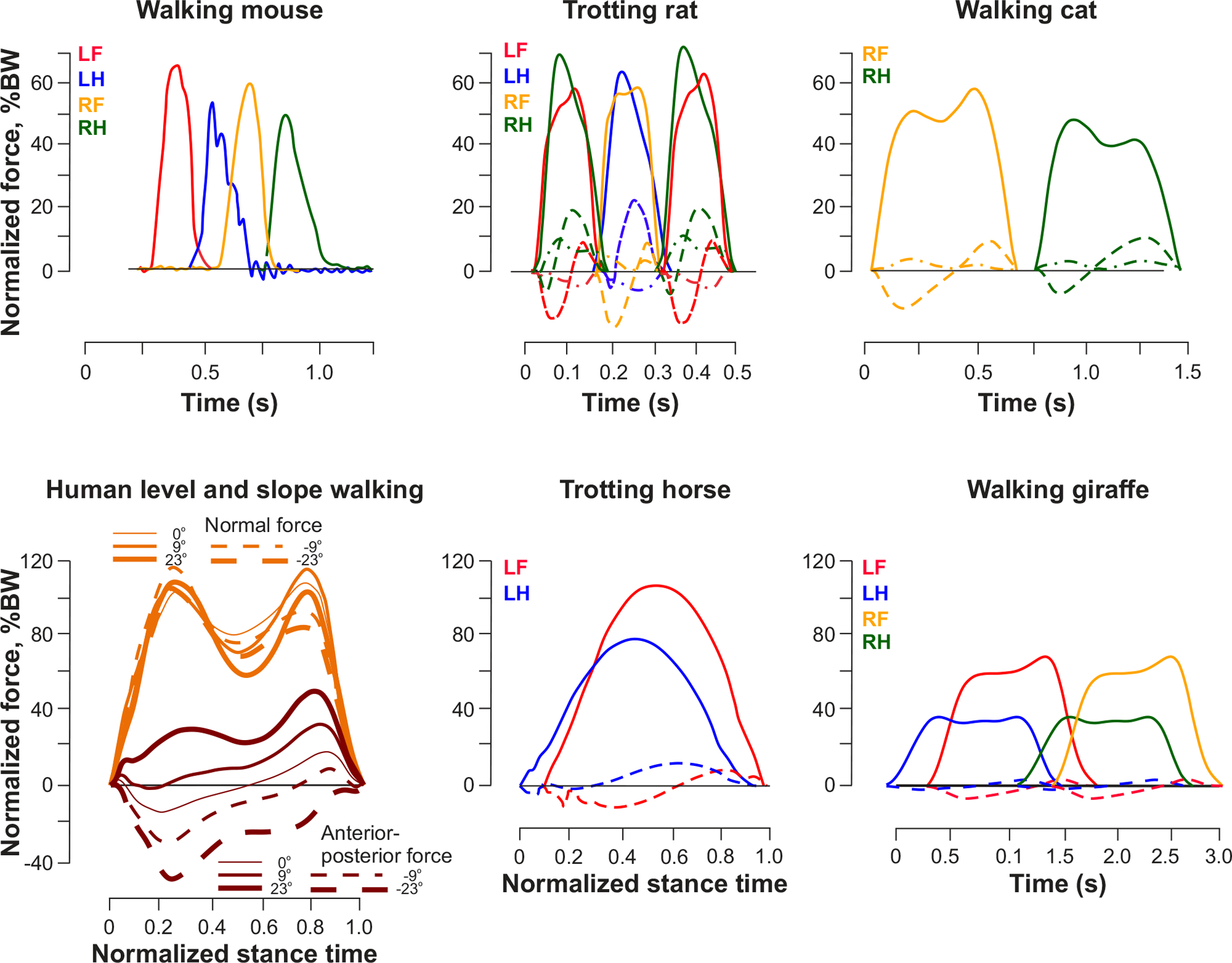Figure 4. Ground reaction forces of different quadrupedal species and humans during locomotion.

In quadrupeds of different sizes from a mouse to giraffe, vertical ground reaction force (GRF) applied to the forelimbs is typically greater than the GRF applied to hindlimbs. The forelimbs generate larger breaking force impulses than accelerating impulses in the anterior-posterior direction. The accelerating force impulses of the hindlimbs are larger than breaking ones. In all panels except for human walking, solid lines are vertical forces, dashed lines are anterior-posterior forces, and dashed lines with dots are medio-lateral forces (medio-lateral ground reaction applied to the foot is directed toward the body, i.e. the foot applies force on the ground in the opposite outward direction). From top left to bottom right: GRFs of walking mouse (modified from (156), GRFs of trotting rat (modified from (591), GRFs of walking cat (251), normal and anterior-posterior forces during level, upslope and downslope walking in humans (modified from (487)), GRFs of trotting horse (modified from (157) and GRFs of walking giraffe (modified from (66). BW, bodyweight; LF, left forelimb; LH, left hindlimb; RF, right forelimb; RH, right hindlimb.
